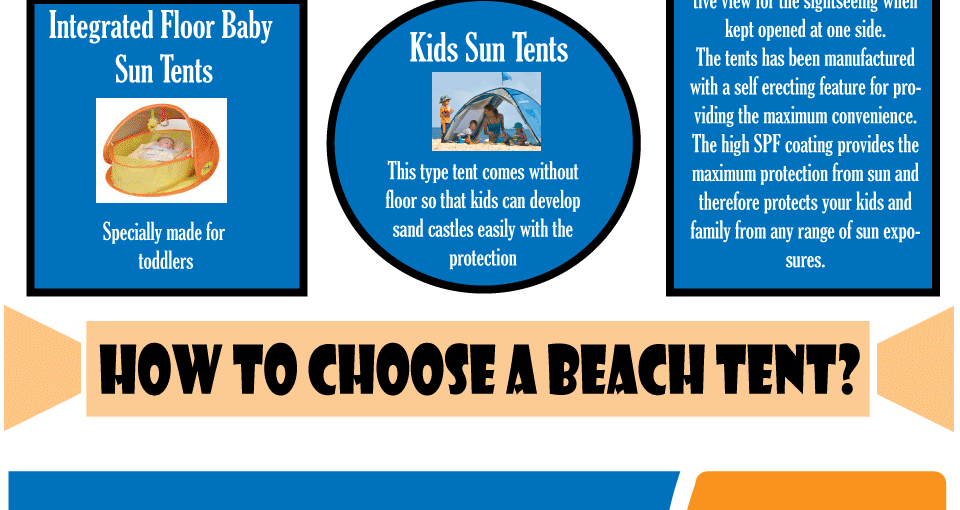While both offer strengths in various settings, it is necessary to establish which sort of insulation will finest serve your needs. The insulation you pick influences heat, weight, water resistance, compressibility and cost.
Down is harvested from waterfowl, commonly ducks or geese. It is valued for its agility, simple compression and shielding residential or commercial properties. Nonetheless, down ends up being much less efficient when damp.
Warmth-to-Weight
A high warmth-to-weight ratio is wanted in outdoor garments and gear. The protecting properties of down feathers make them an excellent option for this function, as they are incredibly cozy and light-weight.
Nevertheless, down sheds its insulating capacities when it gets wet, implying it requires to be paired with a water resistant covering. Additionally, some individuals dislike down, making synthetic jackets a much better choice for them.
Artificial insulations are normally made from recycled polyester and designed to simulate down's protecting homes. They are not as lightweight as down, but they do not lose their protecting capacities when they splash and dry faster than down. They are additionally more budget-friendly than down. However, their life-span is much shorter than down, causing higher upkeep and replacement costs.
Water Resistance
The insulation you choose for your work jacket will certainly make a big difference in exactly how comfy you really feel outdoors. Nonetheless, the type of insulation you select likewise has considerable effects for your sustainability objectives.
Down is an outstanding insulator for a number of reasons. It's light-weight, compressible, and uses a good warmth-to-weight proportion. However, it does not fare well when it splashes. Down clumps up and loses its loft space when wet, which can significantly minimize its ability to catch warmth.
Artificial insulation materials, such as Thinsulate and Primaloft, stand up much better against damp conditions. They normally have a tight weave or chemical finish that keeps water from penetrating the fabric. This enables the insulation to continue to be breathable, even if wet. It deserves noting that synthetics can likewise be uncomfortable when wet, yet they retain their protecting properties.
Compressibility
While goose down does have a remarkable warmth-to-weight ratio, synthetic insulation does similarly. Nevertheless, unlike down which soaks up and loses its protecting capacities when wet, artificial insulation does not. Therefore, it can keep its loft and catch cozy air in wet conditions.
Usually manufactured from polyester sheets or clusters that simulate down, one of the most common synthetic insulation brand names consist of PrimaLoft, FullRange, Thermoball and Patagonia's PlumaFill. While it still can't match down's loftiness and warmth-to-weight, artificial jackets are light-weight, quick to dry and more economical than down. This makes artificial jackets best for damp environments, or if you're prone to sweating heavily. Artificial coats are additionally less delicate than tent setup down and can lose. This sturdiness extends to their face materials which are normally thicker and more resilient than down.
Toughness
A significant factor to consider in sustainability is a material's longevity and sturdiness. All-natural materials like cork, ThermaCork expanded cork and Havelock wool last longer than artificial alternatives like fiberglass and vinyl. They also need much less upkeep and can hold up against harsh environmental conditions.
Nevertheless, all-natural insulation does not execute as well when wet as synthetic options. Woollen and fleece glob with each other when damp, endangering their capacity to catch heat. Artificial insulation, on the other hand, does not soak up dampness and continues to shield even when saturated.
This makes artificial insulation ideal for damp climates and strenuous tasks where you might sweat greatly. It's also less complicated to wash and dries faster than down. This included durability and integrity make synthetic insulation a total champion in this category. This equates to durable shielded work boots that last lengthy and keep you heat through requiring environments.
Sustainability
All-natural products use biodegradability and a smaller sized environmental impact, while synthetic alternatives boast longevity and ingenious applications that sustain energy effectiveness. However, it is very important to understand real ecological impact of these insulation products from cradle-to-grave.
For example, if a natural insulation product has to take a trip a long distance from its source to the structure site, transportation-related discharges raise its general carbon impact. Choosing locally sourced and reused items decreases that influence. And, opting for GREENGUARD and Cradle to Cradle accreditations makes certain that insulation is free of unpredictable natural compounds (VOCs) and supports liable sourcing and labor conditions.
Sheep's woollen and cork are eco-friendly insulation sources that are gathered without damaging the tree or plant. Both have actually the added benefit of being normally immune to mold, insects and dampness.
